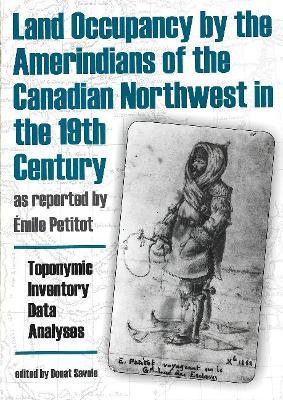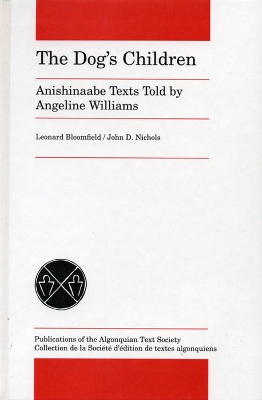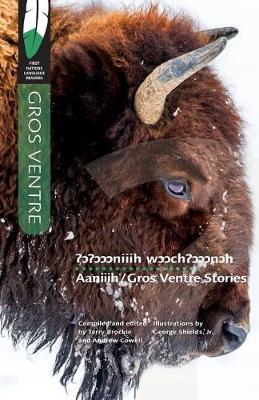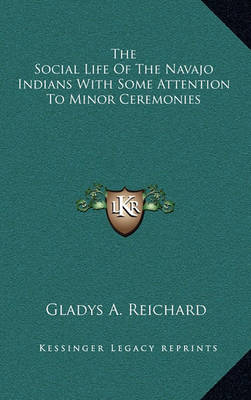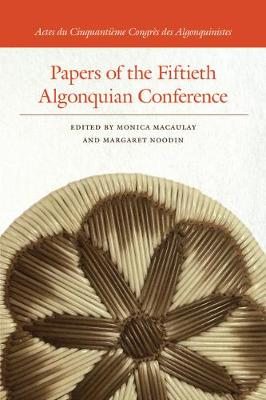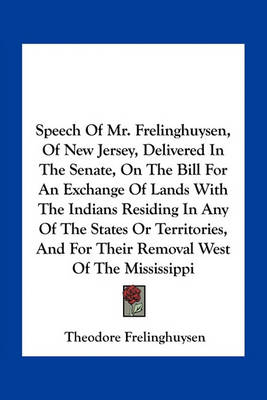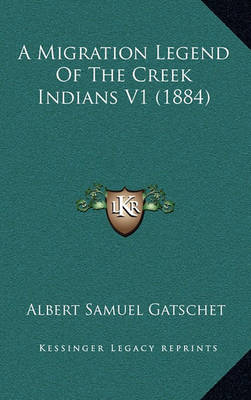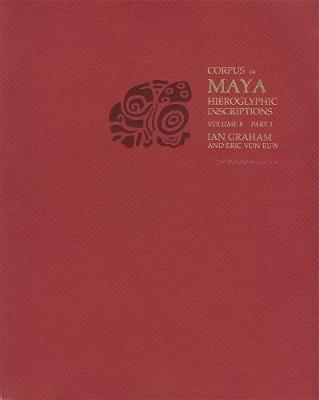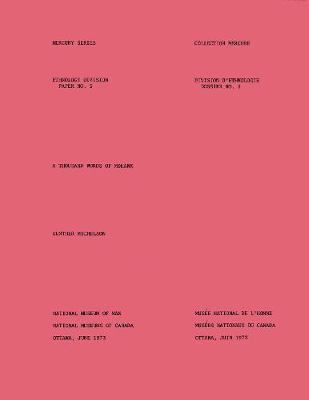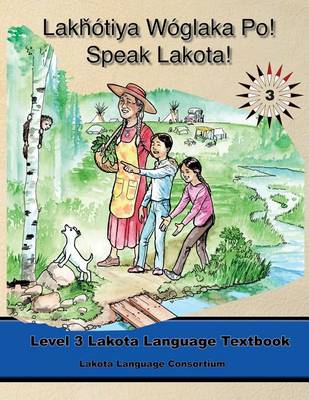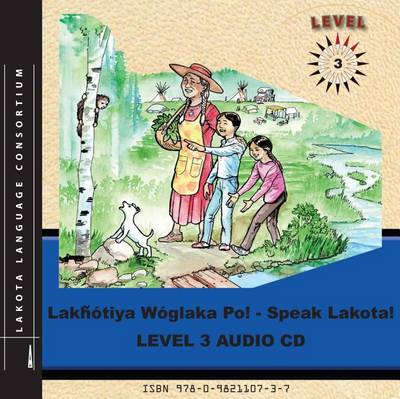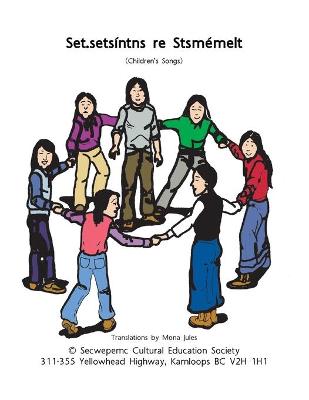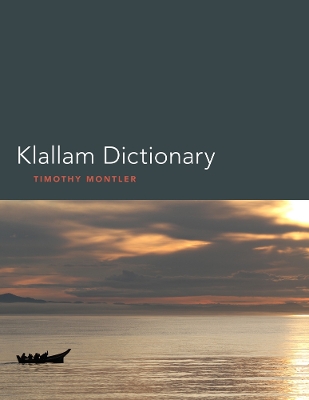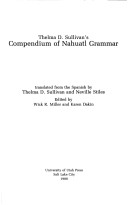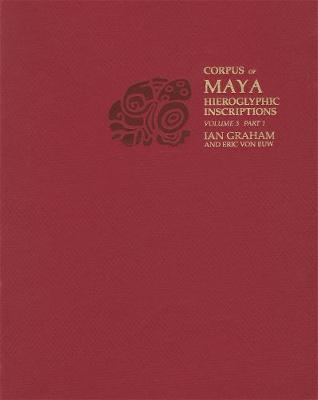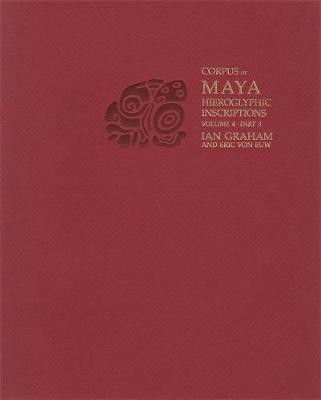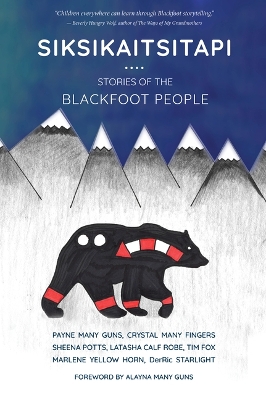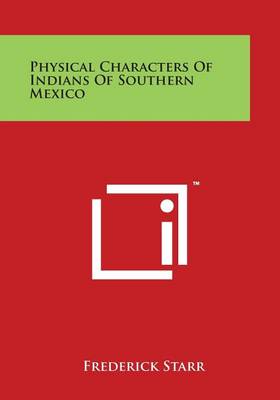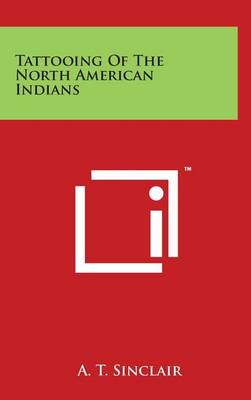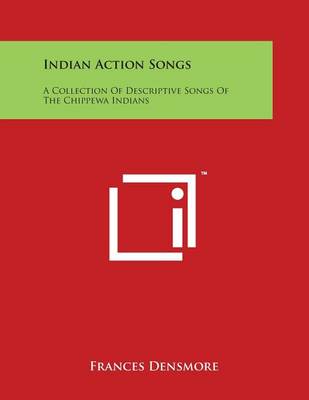Emile Petitot lived and worked in the Athabasca-Mackenzie area from 1862 to 1883. Accompanied by native guides, he made several journeys to the Arctic Ocean and inland, where he closely observed the geography and inhabitants of the area, drawing maps and gathering native place names.
These are a collection of 20 stories, dictated in 1941 to Bloomfield's linguistics class, edited from manuscripts now in the National Anthropological Archives at the Smithsonian Institution, and published for the first time. In Ojibwe, with English translations by Bloomfield. Ojibwe-English glossary and other linguistic study aids.
Tuscarora legacy of J.N.B. Hewitt / J.N.B. Hewitt wa ekhirihwaye O skarure: Volume 1 (Mercury)
by Blair A. Rudes and Dorothy Crouse
The first-ever collection of Aaniiih/Gros Ventre narratives to be published in the Aaniiih/Gros Ventre language, this book contains traditional trickster tales and war stories. Some of these stories were collected by Alfred Kroeber in 1901, while others are contemporary, oral stories, told in the past few years. As with the previous titles in the First Nations Language Readers series, Aaniiih/Gros Ventre Stories comes with a complete glossary and provides some grammar usage. Delightfully illu...
The Social Life of the Navajo Indians with Some Attention to Minor Ceremonies
by Gladys A Reichard
Papers of the Fiftieth Algonquian Conference (Papers of the Algonquian Conference)
Papers of the Algonquian Conference is a collection of peer-reviewed scholarship from an annual international forum that focuses on topics related to the languages and cultures of Algonquian peoples. This series touches on a variety of subject areas, including anthropology, archaeology, education, ethnography, history, Indigenous studies, language studies, literature, music, political science, psychology, religion, and sociology. Contributors often cite never-before-published data in their resea...
A Migration Legend of the Creek Indians V1 (1884)
by Albert Samuel Gatschet
Volume 8 (Corpus of Maya Hieroglyphic Inscriptions)
by Ian Graham and Eric von Euw
Lakhotiya Woglaka Po! - Speak Lakota! Level 3 Lakota Language Textbook (Lakota Language Consortium)
by Jan Ullrich, Kimberlee Anne Campbell, Ben Black Bear, Wil Meya, and Lakota Language Consortium
With the help of elders, educators, and tribal councils of the Klallam Tribes at Elwha, Port Gamble, and Jamestown, Washington, and Becher Bay on Vancouver Island, Timothy Montler has compiled a comprehensive dictionary of the Klallam language. It includes over 9,000 entries, a brief grammatical sketch, and numerous indexes, along with a wealth of cultural information. Klallam is the language of the people whose ancestors lived at Tse-whit-zen, the largest archaeological site in Washington. It...
Words of the Huron is an investigation into seventeenth-century Huron culture through a kind of linguistic archaeology of a language that died midway through the twentieth century. John L. Steckley explores a range of topics, including: the construction of longhouses and wooden armour; the use of words for trees in village names; the social anthropological standards of kinship terms and clans; Huron conceptualizing of European-borne disease; the spirit realm of orenda ; Huron nations and kinship...
Thelma D. Sullivan's Compendium of Nahuatl Grammar
by Thelma D. Sullivan
Volume 3 (Corpus of Maya Hieroglyphic Inscriptions)
by Ian Graham and Eric von Euw
The goal of the Corpus of Maya Hieroglyphic Inscriptions is to document in photographs and detailed line drawings all known Maya inscriptions and their associated figurative art. When complete, the Corpus will have published the inscriptions from over 200 sites and 2,000 monuments. The series has been instrumental in the remarkable success of the ongoing process of deciphering Maya writing, making available hundreds of texts to epigraphers working around the world.
Volume 4 (Corpus of Maya Hieroglyphic Inscriptions)
by Ian Graham and Eric von Euw
The goal of the Corpus of Maya Hieroglyphic Inscriptions is to document in photographs and detailed line drawings all known Maya inscriptions and their associated figurative art. When complete, the Corpus will have published the inscriptions from over 200 sites and 2,000 monuments. The series has been instrumental in the remarkable success of the ongoing process of deciphering Maya writing, making available hundreds of texts to epigraphers working around the world.
Siksikaitsitapi
by Payne Many Guns, Crystal Many Fingers, Sheena Potts, Latasha Calf Robe, Tim Fox, Marlene Yellow Horn, and Derric Starlight
Physical Characters of Indians of Southern Mexico
by Frederick Jr Starr
